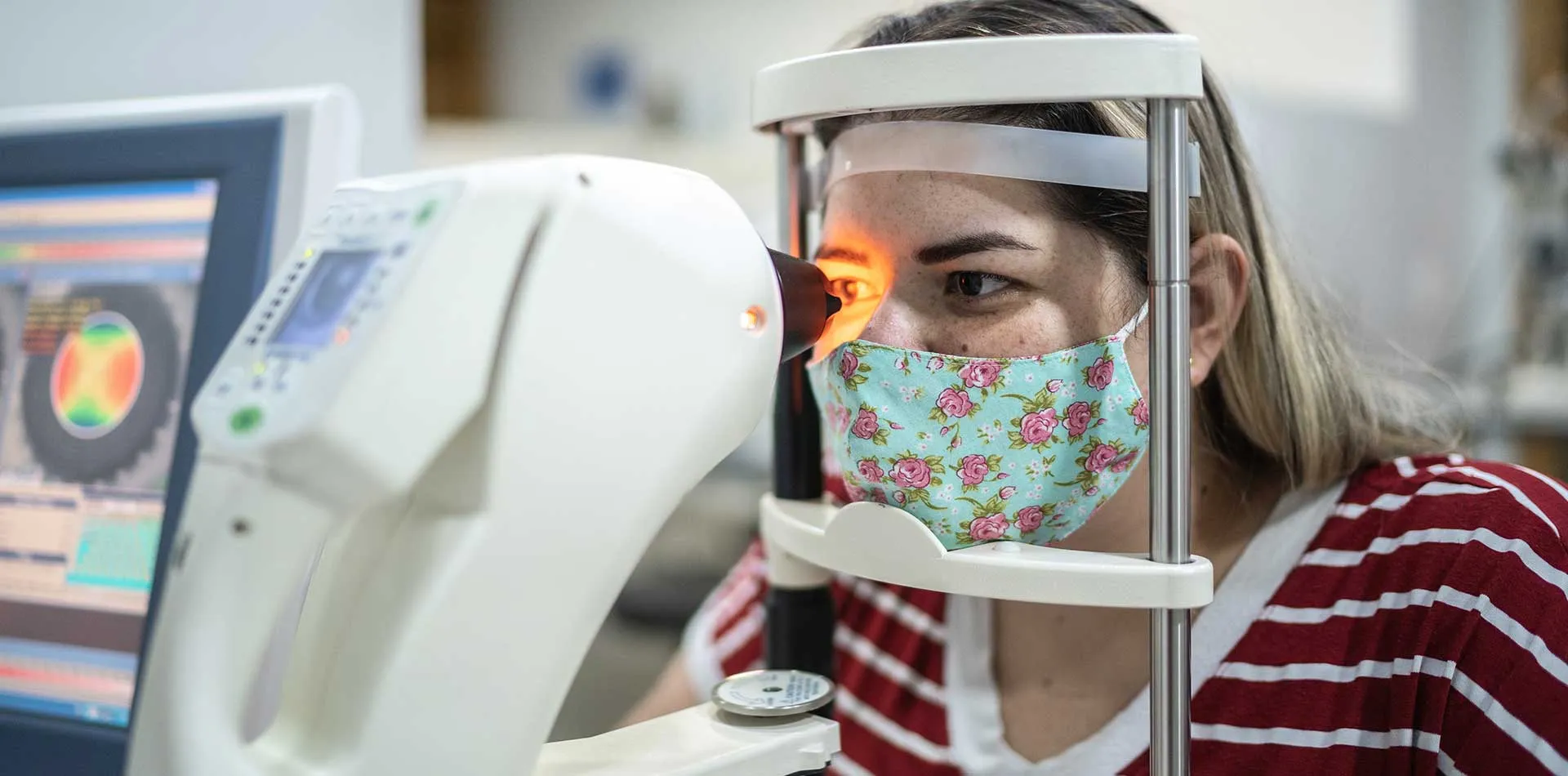
Glaucoma is one of the most common yet horrific eye diseases to exist in humans. It is a condition where the pressure of the fluid inside the eyes increases from its normal levels causing damage to the optical nerves due to strain. If left untreated, glaucoma causes vision loss and – in severe cases – permanent blindness.
Although anyone can suffer from Glaucoma, there are some factors that can put individuals at greater risk. These factors include:
In order to protect from the drastic consequences of glaucoma, ophthalmologists (eye specialists) recommend extensive screening investigations according to the risk factors one presents. As a general rule of thumb, they advise an investigation:
The glaucoma screening investigations include various tests that may collectively allow ophthalmologists to diagnose glaucoma in its initial stages and potentially save a patient from the horrors of blindness. Below listed are some of the tests that are included in the investigation.
It is a test to measure the fluid pressure that is inside the eye. There are various methods of carrying this test. The most accurate one of them goes like this:
It is a test where a certain type of drops is applied to the eyes which widen the pupil. The doctor examines the pupil dynamics.
It is a test where an ultrasonic wave instrument is used to measure the thickness of the cornea which helps in evaluating the eye pressure.
It is a test where the total area seen by the patient is obtained. The patient is made to look into a screen and a spot of a dim light glows at different spots. The patient presses a button when every time they detect the light.
It is a standard test to measure eyesight from different distances. The patient is made to look at a screen/chart a certain distance away. This chart has letters/numbers of different sizes and the patient reads them out with and without a different testing lens.
In this, the eye nerves are picturized and compared to obtain their behavior. Depending upon the patient’s glaucoma, one of the following techniques are used to obtain the image:
It is a test where the back part of the eye (fundus) is examined via a special instrument. This test helps the specified professional detect the exact damage to the optical nerve(s) of the eye due to glaucoma.
It is a test where uses the front part of the eye (anterior chamber) is examined via a special instrument. This test helps the specified professional to determine if the iris is closer than normal to the back of the cornea. This test can help in diagnosing and detecting closed-angle glaucoma.
If you’re struggling with eye issues or sight problems, we recommend you get yourself checked by a trusted Ophthalmologist. At American Hospital Dubai, we have Eyes Specialists who boast a wealth of experience and expertise in diagnosing and treating a full spectrum of optical issues. Book an appointment with an eye care specialist by using our online form today!
Patient Experience